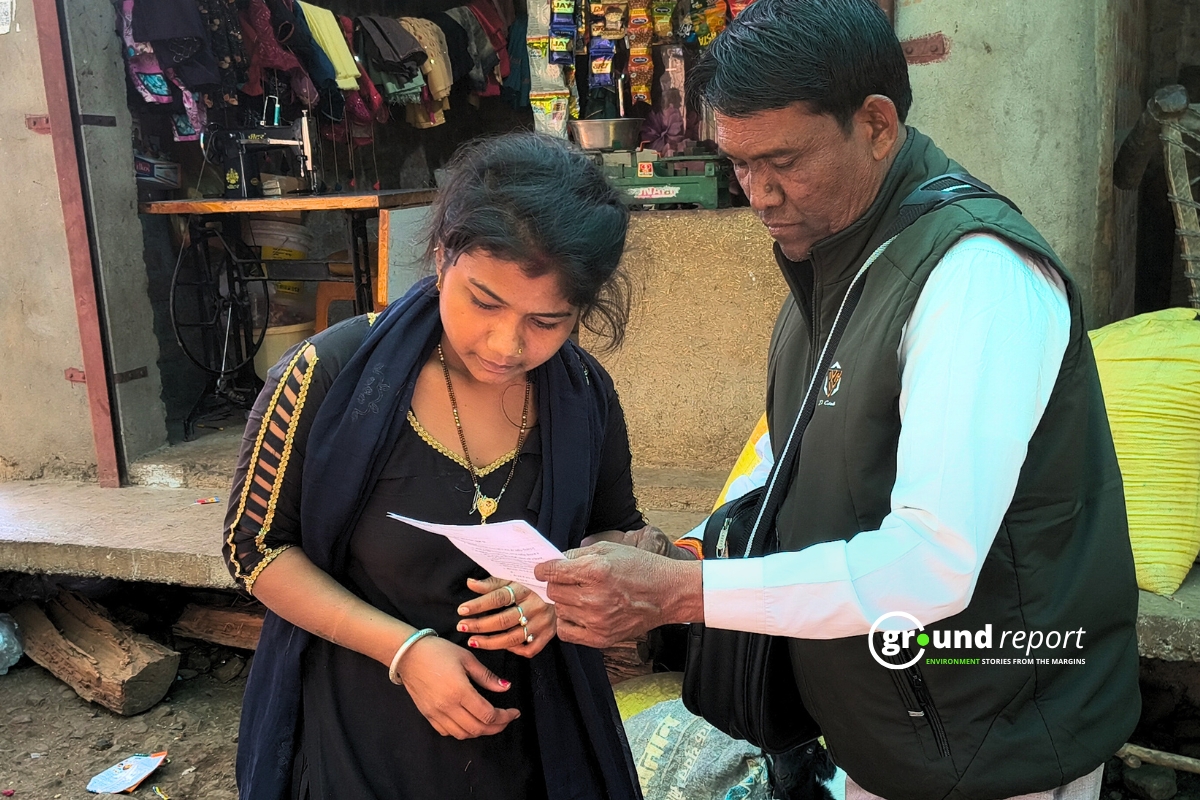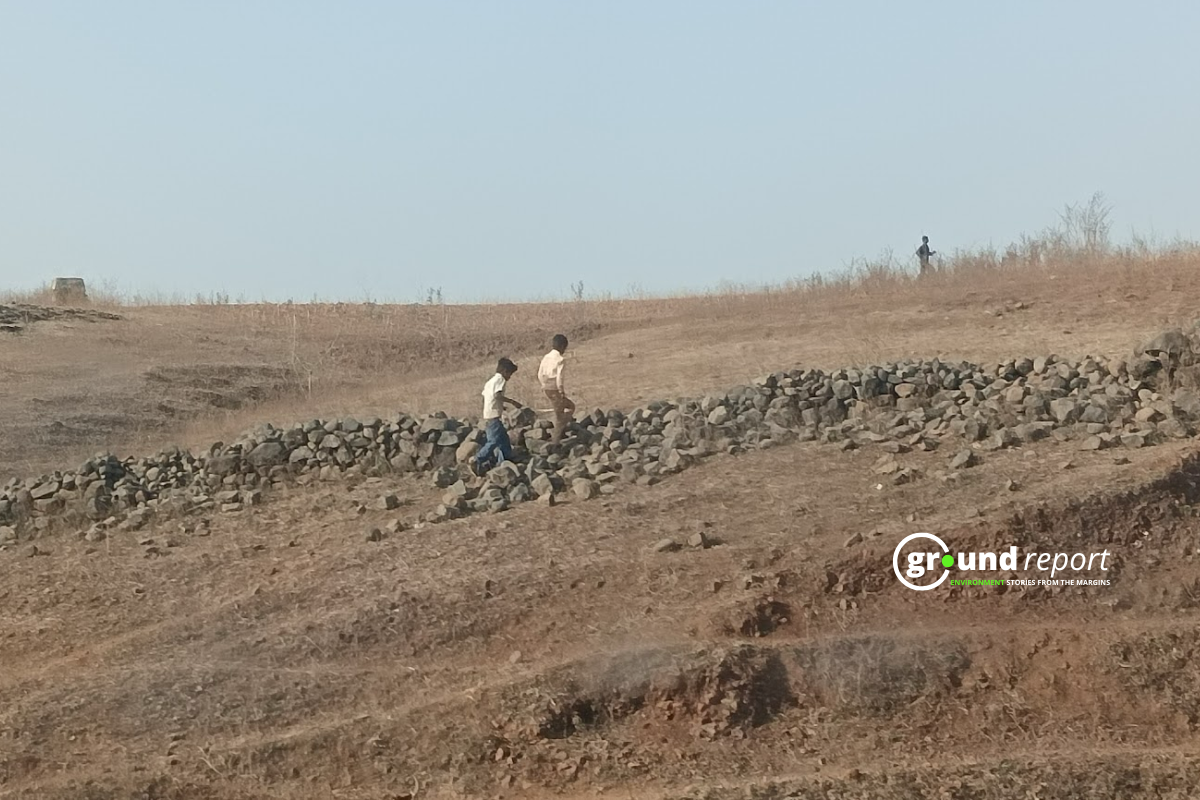Indian agriculture remains at the mercy of monsoons, with farmers frequently facing devastating losses due to unpredictable weather patterns. The recent soybean crop failure in Madhya Pradesh’s Sehore district exemplifies this ongoing challenge, prompting the central government to implement panchayat-level weather forecasting.
Recent research reveals the scope of weather-related agricultural losses: 14% of farmers lost over half their crops in the past five years due to irregular weather patterns, while 5% suffered near-total crop destruction from unseasonable rains.
The India Meteorological Department’s 2021 analysis highlights concerning trends: states like Uttar Pradesh, Bihar, West Bengal, and Nagaland have experienced significantly reduced southwest monsoon rainfall over three decades (1989-2018). Conversely, regions including Saurashtra, Kutch, parts of Chhattisgarh, and southwestern Madhya Pradesh have seen an increase in heavy rainfall days—both patterns threatening agricultural stability.
The human cost of these weather variations is evident in stories like that of Rajiv Kushwaha from Dhamra village in Bhopal district. “I spent 15 to 20 thousand rupees per acre on this crop,” says Kushwaha, whose soybean crop was destroyed by five days of late September rains.
“I’ve suffered losses in lakhs. I haven’t even counted the lost potential profit. It will take years to repay the loan. I don’t know how I’ll feed my children, fund their education, or continue farming.”
While some regions battle excessive rain, others pray for it. In Bhaukhedi, Madhya Pradesh, elderly farmer Ramcharan expresses concern about his wheat crop: “We received fertilisers very late from the society. The cold hasn’t intensified yet, resulting in insufficient ground dew. Dew will only be there if we get Mawtha [rainy season rainfall]. If Mawtha doesn’t arrive on time, our crop will face severe losses.”
These uncertainties underscore the critical importance of accurate weather forecasting, which could help farmers implement preventive measures and minimise losses through better preparation.
Weather forecasting at the panchayat level?
On October 24, the Ministry of Earth Sciences and Panchayati Raj launched a groundbreaking weather forecasting initiative at the panchayat level. Through platforms like e-GramSwaraj, Meri Panchayat App, and Gram Manchitra, farmers will receive hourly weather updates and 10-day weather forecasts. The service, available in 12 Indian languages, will cover 260,000 panchayats, providing crucial agricultural data including temperature, rainfall, humidity, wind patterns, and cloud conditions.
However, the system faces significant technical challenges. Praveen Saxena, a scientist at IMD’s Nagpur Regional Centre, explains:
“We get regular forecasts at the district and tehsil level. But forecasting for smaller areas like villages presents increased challenges, primarily due to the lack of scientific instruments and observatories at such a micro level.”
Village-level forecasts rely on historical data and mathematical models, with India currently utilising 7-8 indigenous models adapted to local conditions.
“The forecasts are initially accurate, but their precision decreases over time because weather is highly dynamic. Events like rain, lightning, and storms change rapidly,” Saxena notes.
The absence of local observatories further complicates verification of these forecasts. Despite these limitations, IMD continues to improve its local forecasting capabilities. “We now have IMD regional centres with offices for every district, where scientists forecast weather at the district and block level,” says Saxena. “We’re gradually working to extend this to smaller areas.”
This initiative represents a significant step toward helping farmers make informed decisions, though its effectiveness will depend on overcoming these technical hurdles.
Reality check
An analysis of the government’s weather forecasting platforms reveals significant usability challenges for farmers. The e-GramSwaraj website offers a weather forecast button that leads users through district and panchayat selection to access current temperature, wind speed, cloud cover, and humidity data. While it provides forecasts for the next 4 days and 5 hours in Hindi, the technical language may prove challenging for farmers to interpret.
The Gram Manchitra website presents its own obstacles. After panchayat selection, current temperature and technical parameters initially show as ‘Undefined.’ Though forecasts become visible when selecting ‘3 hours, 5 days’ or ‘6 hours, 10 days’ options, the information is exclusively in English with no language switching capability.
While these platforms make weather data available, they may not be accessible enough for village farmers to apply to their agricultural needs. Just two months into this government initiative, the path to success appears lengthy. Despite its noble aim of benefiting farmers through weather forecasts, the program faces significant hurdles due to limited technical accessibility and widespread digital literacy challenges.
Support us to keep independent environmental journalism alive in India.
Keep Reading
Madhya Pradesh prepares for cold wave, temperatures to fall further
Water Crisis: daughters carry the burden in Dobra village of Sehore
Will Pithampur become another Bhopal? Toxic waste disposal spark fears
Fertilizer shortage sparks protests across Madhya Pradesh
Follow Ground Report on X, Instagram and Facebook for environmental and underreported stories from the margins. Give us feedback on our email id greport2018@gmail.com.
Don’t forget to Subscribe to our weekly newsletter, Join our community on WhatsApp, and Follow our YouTube Channel for video stories.









